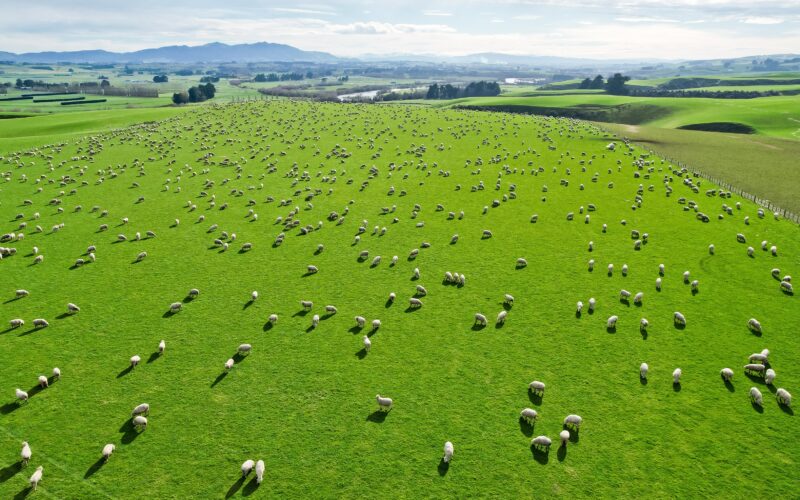Over the next two weeks, starting from March 11, the Farmers Weekly team unpacks what the drench resistance threat means for the sector, from revisiting farm systems to heeding the sheep farmers whose experience could offer a solution.
It remains a mystery how drench resistant internal parasites infected a South Island sheep farmer’s flock.
The farmers runs a breeding and finishing unit, does not buy in stock or use long-acting animal health products – the normal sources of resistance – but about four years ago he noticed a decline in lamb performance.
Tests conducted by diagnostics company Techion identified some drenches were still working but a repeat of that test last summer revealed a marked decline in their efficacy, especially to trichostrongylus or trich worms.
The farmer, who Farmers Weekly agreed not to name, said the discovery brought with it fears about the impact on his business but also the social stigma leading to a possible impact on his land values.
Many of those fears have proven unfounded as he has been able to largely manage the problem with help from Techion.
But it has required major management changes including regular parasite monitoring.
At the peak of the season he can send several faecal samples a week to the Techion lab for analysis. These are sent in electronic form, which means results can be returned quickly, usually while stock are still in the yards.
Trich worms are an issue from mid-January so traditional drenches can be used up to then, before he moves to Startect and Zolvix, which are expensive and were difficult to source this season.
Because of the resulting targeted drenching regime he has followed, there are more mobs of stock to manage.
Older sheep are also monitored for worm burden with drenching targeted based on need.
The farmer is making more strategic use of cattle to chew down and open up pasture to allow ultra-violet rays to kill the larvae.
Looking ahead, he intends to investigate the sowing of specialist lamb-finishing feed such as leafy turnip and kale, which tend not to harbour parasite larvae to the same degree as established pasture.






